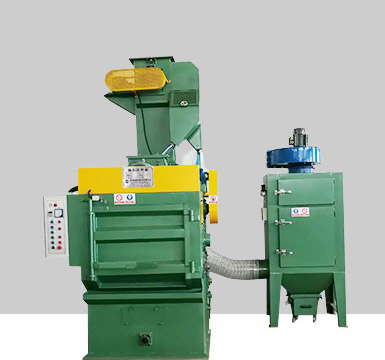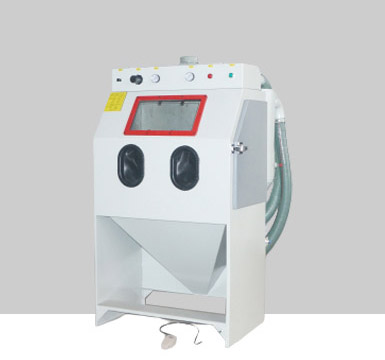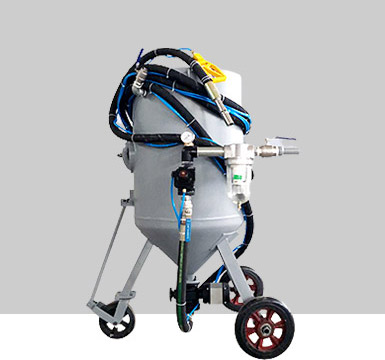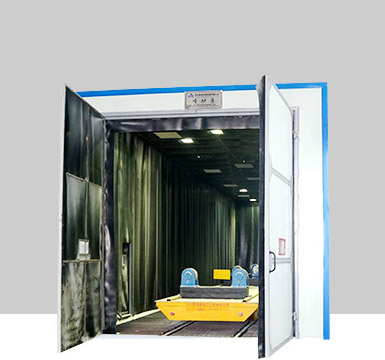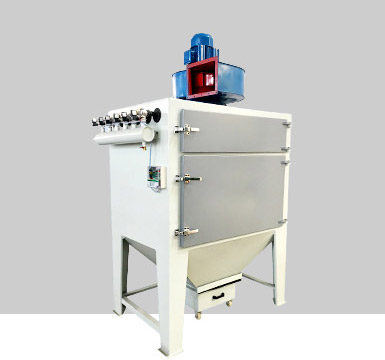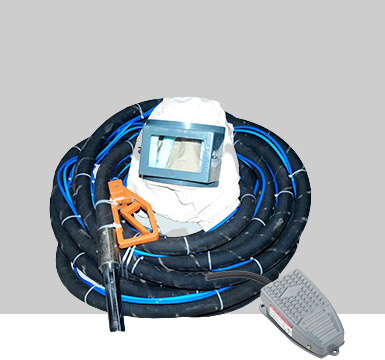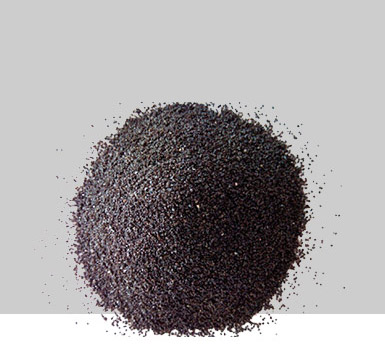Automated wet blasting process running steps
Automated wet blasting is a surface treatment process that combines the use of abrasive media and a liquid slurry to remove coatings, contaminants, and provide a desired surface finish. Unlike dry blasting, which uses compressed air to propel abrasive particles, wet blasting utilizes a mixture of water, abrasive media, and sometimes a surfactant or rust inhibitor.
The automated wet blasting process involves the following steps:
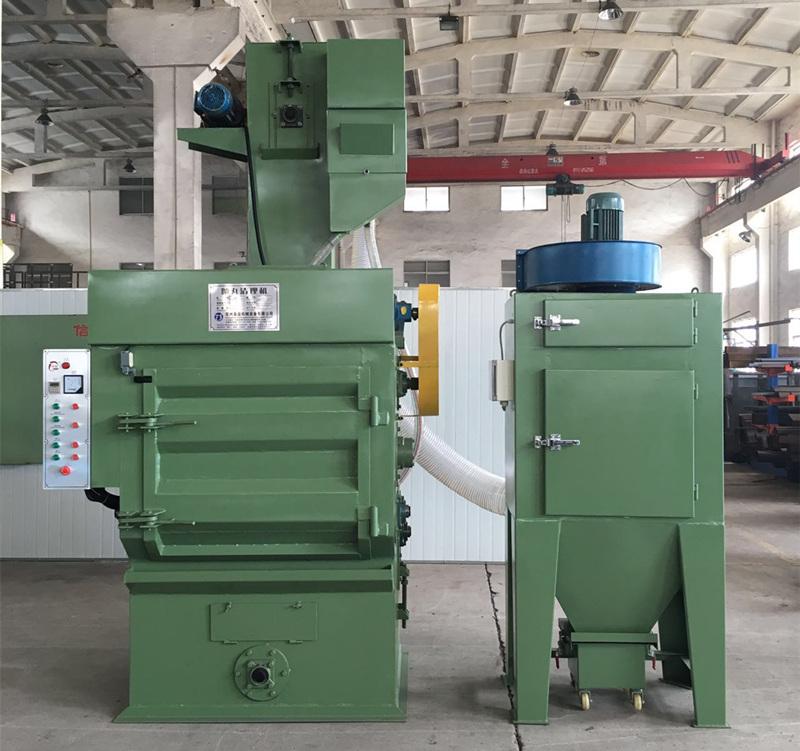
Loading and Fixturing: The workpieces to be blasted are loaded onto a conveyor or fixture system, ensuring proper positioning and secure attachment. This allows for consistent and controlled movement of the workpieces through the blasting process.
Slurry Preparation: In an automated wet blasting system, the slurry is typically prepared in a mixing chamber or tank. Water is mixed with the selected abrasive media to create a homogeneous mixture. Depending on the specific requirements, a surfactant or rust inhibitor may be added to enhance the cleaning or protective properties of the slurry.
Blasting Operation: The workpieces are transported through the blasting chamber, where the slurry is applied to the surface using a nozzle or spray system. The slurry is propelled onto the workpiece through the combined action of a pump and compressed air or other pressurization methods. The abrasive particles in the slurry impact the surface, removing coatings, contaminants, and providing the desired surface finish.
Control Systems: Automated wet blasting systems are equipped with control systems that regulate various parameters such as slurry flow rate, pressure, nozzle movement, and conveyor speed. These controls ensure consistent and precise application of the slurry, resulting in uniform surface treatment.
Filtration and Recycling: To maintain the efficiency of the process and minimize waste, an automated wet blasting system incorporates a filtration and recycling system. This system separates the spent abrasive media, debris, and coatings from the slurry, allowing the clean slurry to be recirculated for reuse. The filtered waste material is collected for proper disposal or recycling.
Drying or Rinse Cycle: After the wet blasting process, the workpieces may undergo a drying cycle or rinse to remove any residual slurry and ensure a clean surface. This step is especially important when a protective coating or subsequent process is planned.
Benefits of Automated Wet Blasting:
Effective surface cleaning and preparation
Reduced dust emissions compared to dry blasting
Controlled and adjustable surface roughness
Enhanced operator safety due to reduced airborne particles
Improved process efficiency through automation and recycling systems
Wide range of applications in industries such as automotive, aerospace, marine, and metal fabrication
Overall, automated wet blasting offers an efficient and controlled method for surface treatment, combining the advantages of abrasive blasting with the benefits of a liquid slurry. It is a versatile process Taisheng Machinery can be tailored to meet specific requirements, providing effective cleaning, coating removal, and surface finishing solutions.
